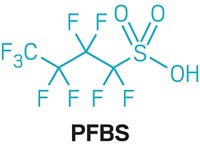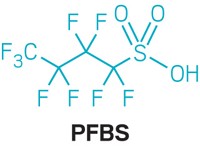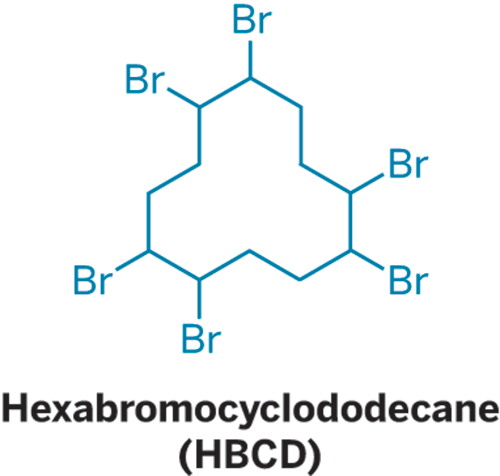Advertisement
Grab your lab coat. Let's get started
Welcome!
Welcome!
Create an account below to get 6 C&EN articles per month, receive newsletters and more - all free.
It seems this is your first time logging in online. Please enter the following information to continue.
As an ACS member you automatically get access to this site. All we need is few more details to create your reading experience.
Not you? Sign in with a different account.
Not you? Sign in with a different account.
ERROR 1
ERROR 1
ERROR 2
ERROR 2
ERROR 2
ERROR 2
ERROR 2
Password and Confirm password must match.
If you have an ACS member number, please enter it here so we can link this account to your membership. (optional)
ERROR 2
ACS values your privacy. By submitting your information, you are gaining access to C&EN and subscribing to our weekly newsletter. We use the information you provide to make your reading experience better, and we will never sell your data to third party members.
Pollution
EPA should check for more chemicals in drinking water, advisers say
Science Advisory Board recommends more bisphenols as candidates for monitoring and an expanded definition of PFAS
by Cheryl Hogue
August 25, 2022
| A version of this story appeared in
Volume 100, Issue 30

The US Environmental Protection Agency should add more industrial chemicals to its draft list of candidates for drinking-water monitoring, according to the EPA’s Science Advisory Board (SAB).
The recommendation came after the board reviewed the EPA’s 2021 draft list of chemicals and biological materials that are candidates for future regulations under the Safe Drinking Water Act.
That draft list includes per- and polyfluoroalkyl substances (PFAS). In an Aug. 19 report to EPA administrator Michael Regan, the board recommends that the agency expand its definition of PFAS “to capture all relevant fluorinated compounds and degradates in commercial use or entering the environment” so that such chemicals are included in the final version of the list.
Bisphenol A, an estrogen-mimicking substance, is on the draft list. The SAB suggests that the agency also add bisphenols F and S—chemical cousins to and substitutes for bisphenol A—to the final list. The EPA should consider including bisphenols AF, B, D, and E as well, the report says.
Organophosphate esters as a group should be added to the final list, the report says. The EPA’s draft includes two of these molecules, tributyl phosphate and tris(2-chloroethyl) phosphate. Listing organophosphate esters as a group would “encourage additional research to elucidate the full impact” of these substances on children’s health, the report says.
In the future, the EPA should consider antimicrobials, antimicrobial-resistance genes, microplastics, and nanoparticles as candidates for monitoring, the SAB says.





Join the conversation
Contact the reporter
Submit a Letter to the Editor for publication
Engage with us on Twitter